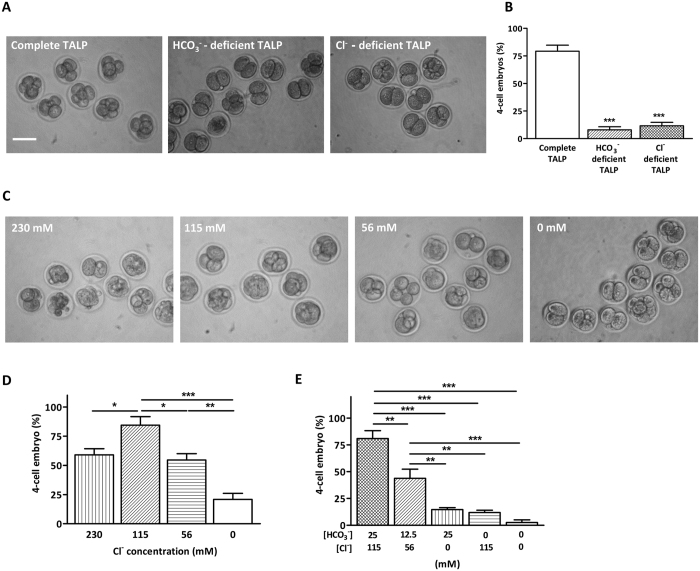Figure 1. Cl− and HCO3−- are both required for embryo cleavage.
(A) Four-cell embryo formation after 12 hours of 2-cell embryo culture in complete, Cl− deficient or HCO3− deficient TALP medium (complete TALP: 25/32 embryos; HCO3− deficient TALP: 4/43 embryos; Cl− deficient TALP: 7/39 embryos). Scale bar: 100 μm. (B) Summary of the results from A. *** indicates P < 0.001 (by one-way ANOVA, n = 4) when compared with control. (C) Four-cell embryo formation after 12 hours of 2-cell embryo culture in TALP medium with varying concentrations of Cl− and constant HCO3− concentration (25 mM) (230 mM: 20/35 embryos; 115 mM: 29/33 embryos; 56 mM: 20/37 embryos; 0 mM: 7/30 embryos). Scale bar: 100 μm. (D) Summary of the results from C. * indicates P < 0.05, ** indicates P < 0.01, *** indicates P < 0.001 (by one-way ANOVA, n = 4). (E) Summary of the synergistic effect of HCO3− and Cl− on embryo cleavage (0 mM HCO3− and 0 mM Cl−: 1/40 embryos; 12.5 mM HCO3− and 56 mM Cl−: 18/41 embryos; 0 mM HCO3− and 115 mM Cl−: 5/42 embryos; 25 mM HCO3− and 0 mM Cl−: 6/41 embryos; 25 mM HCO3− and 115 mM Cl−: 30/37 embryos). ** indicates P < 0.01, *** indicates P < 0.001 (by one-way ANOVA, n = 4).

